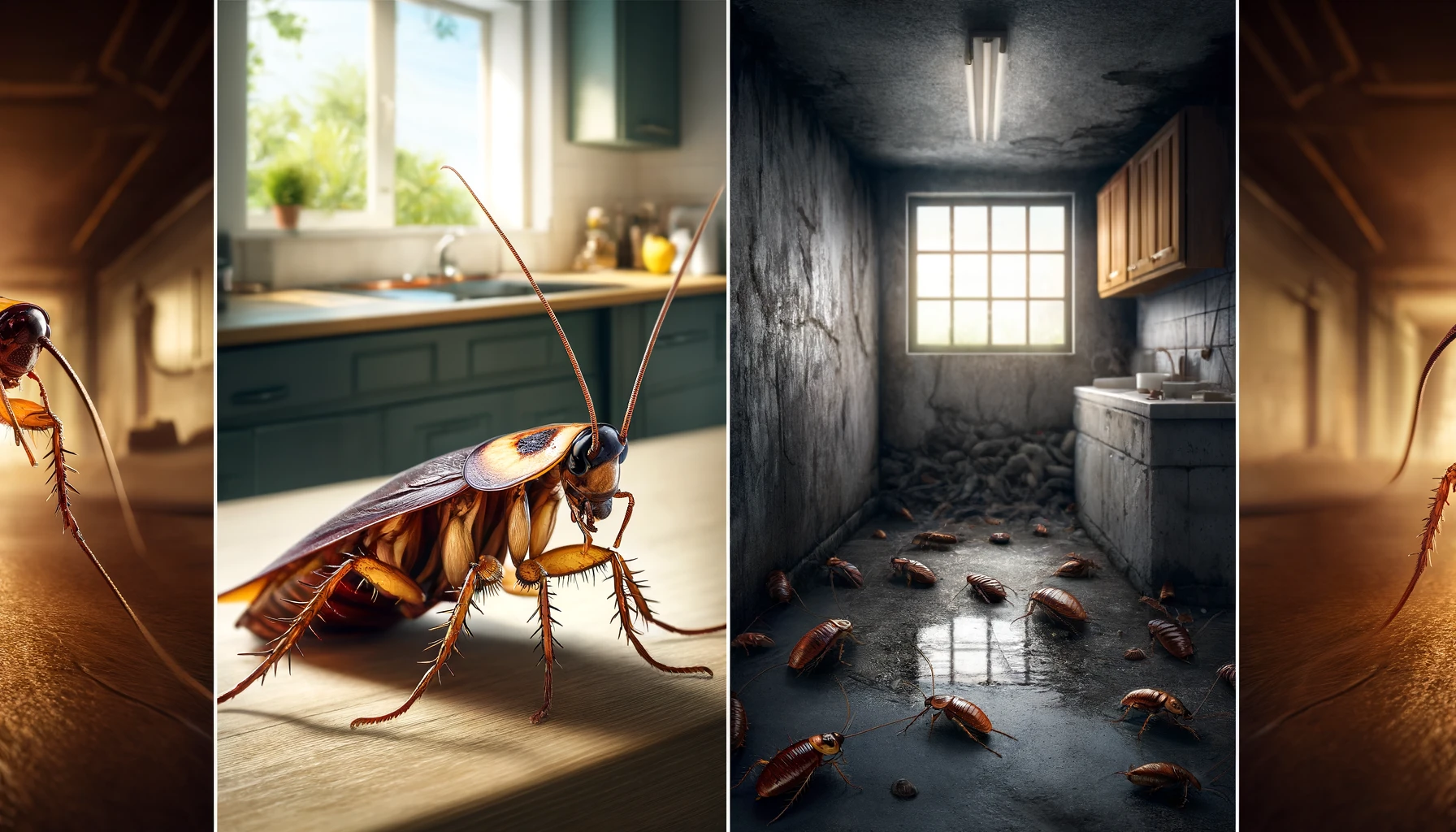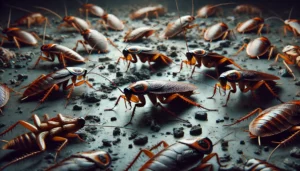Are cockroaches indestructible? Can they live without their heads for days? These resilient creatures have inspired countless myths over time. While many of these stories sound interesting to you, they usually stray far from the truth.
In this guide, I will walk you through the most common myths and facts about cockroaches, exploring their biology, behavior, and role in the environment. Let’s uncover what’s real and what’s not!
What Are Cockroaches?
Overview of Cockroaches as Insects
Cockroaches belong to the order Blattodea and have existed for over 300 million years. These ancient insects are known for their adaptability, making them one of the most successful survivors on Earth. Today, there are more than 4,500 species worldwide, but only about 30 are considered pests to humans.
General Anatomy and Characteristics
Cockroaches have flat, oval-shaped bodies and long antennae. They also possess six legs that allow them to move quickly, making them excellent escape artists. Most species have wings, but not all are strong fliers. Their unique anatomy, including an exoskeleton, helps them survive in harsh conditions.
Diversity of Cockroach Species Worldwide
Cockroaches range from the small German cockroach to the massive Madagascar hissing cockroach. Some species thrive in tropical climates, while others adapt to urban environments. Understanding these differences is key to debunking myths about these insects.
Common Cockroach Myths Debunked
Myth 1: Cockroaches Can Survive a Nuclear Explosion
This idea likely stems from cockroaches’ ability to endure radiation better than humans. While they are more resilient to radiation, a nuclear explosion’s heat and intensity would kill them instantly. Their survival advantage lies in their simple cell structure, which is less affected by radiation damage.
Myth 2: Cockroaches Can Live Forever Without Their Heads
They say that cockroaches can survive without their heads for several days, but not indefinitely. Their open circulatory system allows their bodies to function without a head. However, they eventually die from dehydration because they cannot drink water.
Myth 3: All Cockroaches Are Disease Carriers
While cockroaches may carry bacteria and pathogens yes, that is true but not all species are harmful to humans. The primary concern arises from pest species in urban areas, which may spread germs if they contact food or surfaces. Proper sanitation can minimize these risks.
Myth 4: Cockroaches Only Live in Dirty Places
Cockroaches prefer environments with food, water, and shelter, but this doesn’t always mean dirty spaces. Even clean homes most of the time do attract cockroaches if they find crumbs, moisture, or entry points.
Surprising Facts About Cockroaches
Their Incredible Survival Skills and Adaptability
Cockroaches are masters of survival. They can hold their breath for up to 40 minutes and withstand extreme temperatures. Their ability to eat a wide range of materials, from glue to cardboard, helps them survive in various environments.
How Long They Can Live Without Food or Water
Cockroaches may survive without food for up to a month but they need water more frequently. This trait allows them to endure periods of scarcity, making them tough to eliminate in infested areas.
Cockroaches’ Role in the Environment
In the wild, cockroaches play a crucial role in the ecosystem. They break down organic matter, recycling nutrients back into the soil. Without them, many ecosystems would struggle to function efficiently.
Unique Communication Methods Among Cockroaches
Cockroaches use chemical signals, called pheromones, to communicate. These signals help them find mates, locate food, and warn others of danger. Their social behavior is more complex than most people realize.
Why Do Cockroach Myths Persist?
Historical and Cultural Factors Contributing to Myths
Throughout history, cockroaches have been associated with uncleanliness and resilience. These perceptions sometimes lead to exaggerated claims about their abilities. Cultural stories and urban legends exaggerate these misconceptions.
Media Portrayal of Cockroaches
Movies and TV shows usually depict cockroaches as nearly indestructible pests, reinforcing false beliefs. This portrayal adds to their reputation as creatures of horror, rather than understanding their true nature.
Misunderstanding Their Biology and Behavior
Many myths arise from a lack of knowledge about cockroach biology. For example, their ability to survive headless seems extraordinary, but it’s a simple result of their unique physiology. Education may help dispel these myths.
How to Deal with Cockroaches at Home
Practical Steps to Prevent Infestations
Keeping cockroaches out starts with prevention.
- Seal cracks and crevices where they might enter.
- Store food in airtight containers.
- Regularly clean areas where crumbs or spills occur.
Identifying Common Entry Points and Attractants
Cockroaches often enter through gaps in doors, windows, or pipes. They’re attracted to food, water, and warmth. Identifying and eliminating these attractants reduces the chances of an infestation.
Non-Toxic Remedies and Professional Pest Control Options
For those avoiding chemicals, options include diatomaceous earth, boric acid, and essential oils. For severe infestations, hiring a professional pest control service ensures effective elimination.
Conclusion
Cockroaches are seen as creepy, crawly pests that can frighten anyone. But beneath that tough exterior lies a world of resilience and intrigue that can spark our curiosity.
When we take the time to debunk common myths and learn about their behaviors, we shall shift our perspective from fear to understanding. Whether you’re looking to keep these little guys out of your home or just want to satisfy your curiosity, having the right information is very important.

